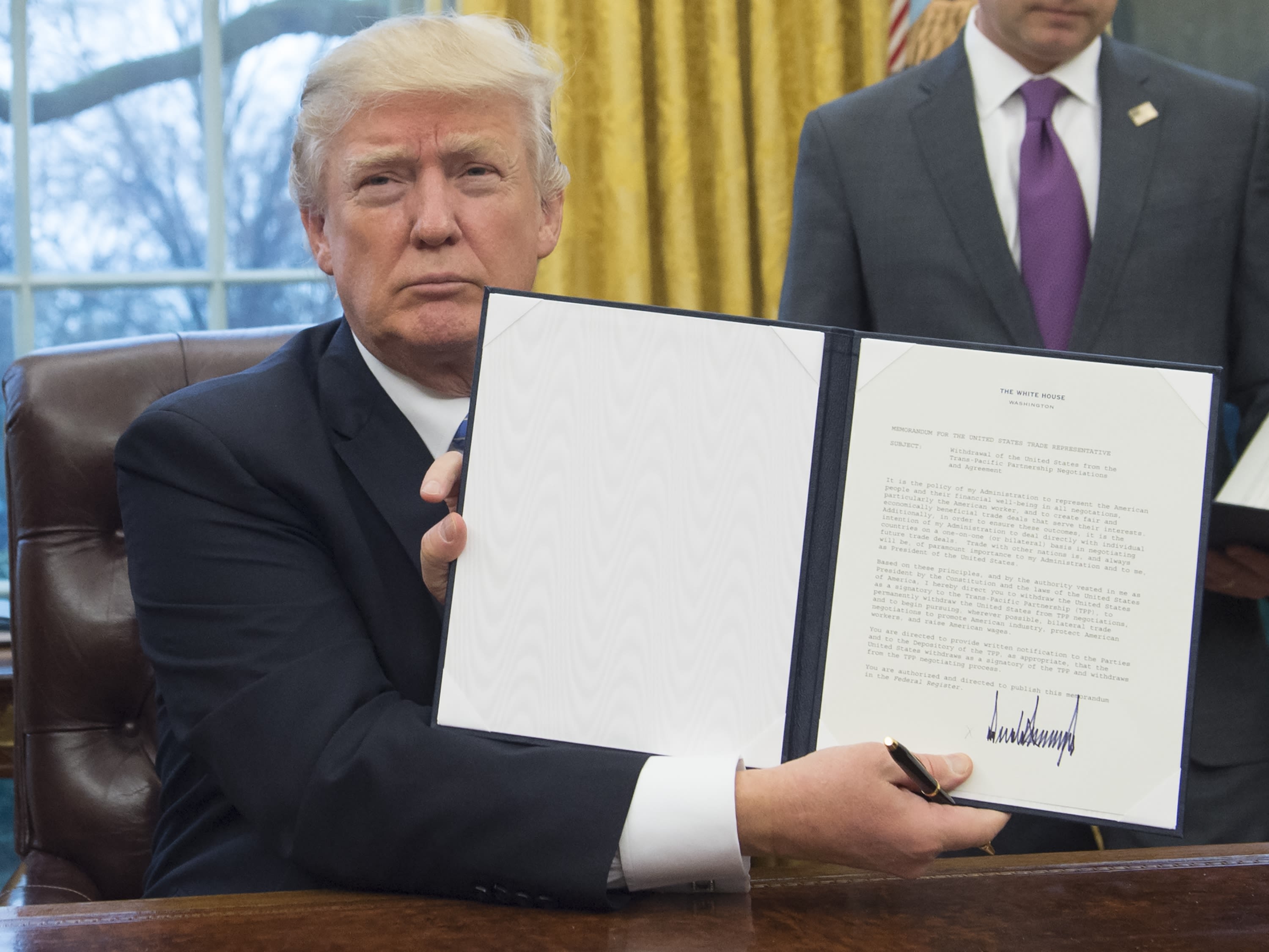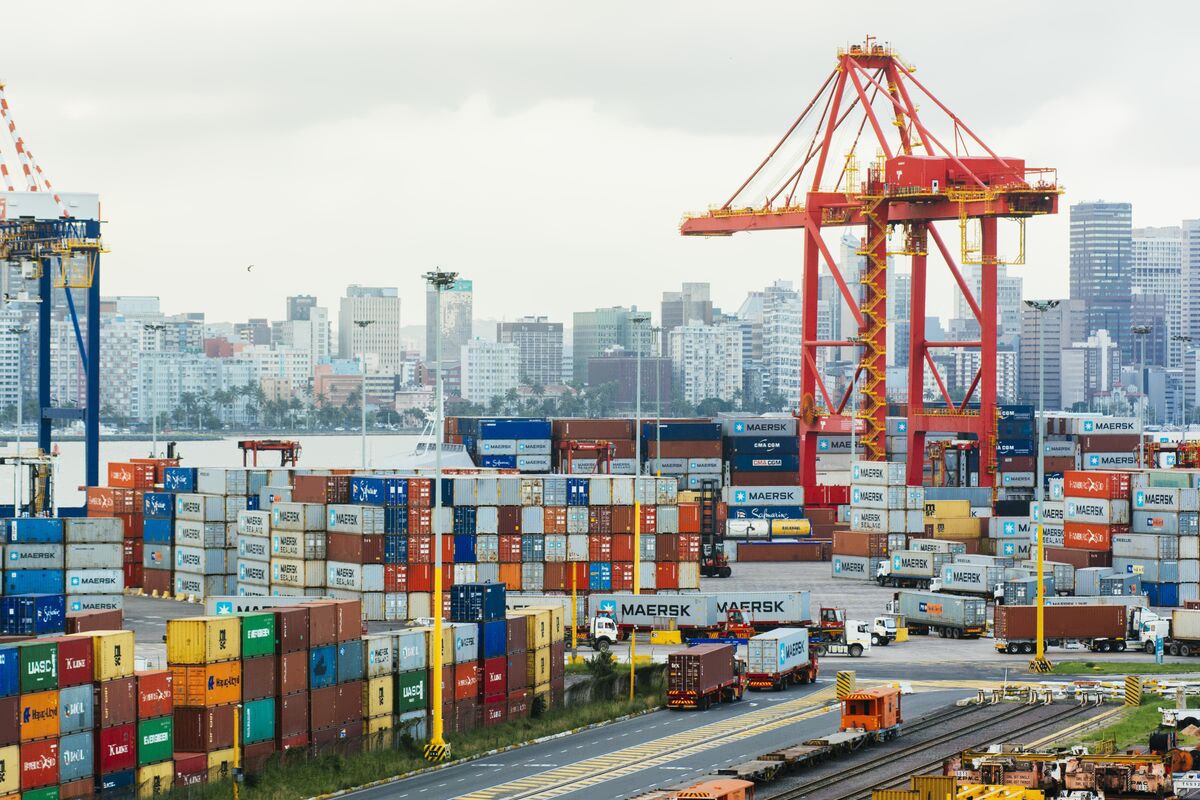SPECIAL REPORT : 13 regions to enjoy power as $470m project is completed

Kidatu dam in Iringa Region, one of country’s major hydropower stations. PHOTO | PETER NYANJE
What you need to know:
- However, the completion of a 670km Backbone Transmission Infrastructure Project power line from Iringa to Shinyanga, through Dodoma and Singida, will improve the situation in 13 regions.
- The 400kV power line supply 2,000MW and it has been built as a double line.
- This means that if one line experiences problem, another line will continue to run while technicians are working on the defective one.
Dar es Salaam. Low power supply and poor transmission systems have been troubling Tanzania.
However, the completion of a 670km Backbone Transmission Infrastructure Project power line from Iringa to Shinyanga, through Dodoma and Singida, will improve the situation in 13 regions.
The 400kV power line supply 2,000MW and it has been built as a double line.
This means that if one line experiences problem, another line will continue to run while technicians are working on the defective one.
Mr Khalid James is the coordinator of the project whose construction has been completed.
He said recently that project completion would increase voltage and improve transmission in 10 regions as well as major mining sites in the Lake Victoria Zone.
The new transmission line now assures Dodoma, Singida, Shinyanga, Tabora, Mwanza, Simiyu, Mara, Kagera, Geita, Arusha, Kilimanjaro and Tanga of reliable and enough power supply.
“In fact, we now have more power for these regions that what they can consume. Our appeal to the general public is to connect to electricity as now we have more than enough power,” said Mr James.
The project also involved expanding and modernising four major substations in Iringa, Dodoma, Singida and Shinyanga. The project will also provide electricity to 121 villages in which the major transmission line passes.
“This project is vital in stabilising the national grid as it will increase the capacity of power transmission from major generation sources in southwestern areas to northwestern areas where the consumption of electricity is huge and major economic projects such as mining are taking place,” Mr James told a group of editors who visited the backbone line from Iringa to Shinyanga.
The project started in 2013 when it was estimated to cost $470 million. The money was sourced from the government and a number of other financiers.
They included the World Bank which made available $150 million, Africa Development and Japan International Development Agency that made available a total of $129.7 million.
Other financiers with their amounts in brackets are the European Investment Bank ($134.5 million), Korea economic Development Agency ($36.416 million) and Norway, Sweden and Tanzania (through Rural Energy Agency – Rea) that together raised a total of $33.4 million.
“This project assures the government of its development plans. The industrialisation programme can be carried out seamlessly as far as power needs are concerned. This grand project is capable of producing any amount of power which any investor in these areas needs,” he said.
Technical
According to Mr James, the transmission line uses alternating current system as opposed to direct current. The former allows the tapping of power at any point along the transmission line.
“That is why we are able to tap power in Dodoma, Singida and Shinyanga without problems,” he said.
There are also prospects of producing more than 400MW of electricity from coal which is abundant in Ruvuma Region. Coal production has started. Speaking in his recent tour of Ngaka, Prime Minister Kassim Majaliwa, ordered Tancoal to think of developing a power generation project as per their contract.
He also noted that the line has been built from Iringa owing to the generation potential which south western parts of the country possesses.
He noted that in addition to major hydropower plants of Mtera, Kidatu and Kihansi, the area also has potentials of geothermal projects.
Energy and Minerals minister Prof Sospeter Muhongo has ordered the Tanzania Geothermal Development Company to start drilling three holes in Lake Ngozi to establish a geothermal plant.
Prof Muhongo noted that Tanzania cannot afford to be left behind as Kenya and Ethiopia had such projects.
According to reports, Tanzania has identified 50 potential areas for producing 5,000MW of geothermal power.
The areas have been grouped into prospective zones including, the Northern Zone, comprising Kilimanjaro, Arusha and Mara regions; the Southern Zone encompassing Rukwa and Mbeya regions and the Eastern coastal belt, which is associated with rifting and magmatic intrusion in the Rufiji Valley Basin.
Improved substations
An engineer in charge at improved Zuzu substation in Dodoma, Mr Joseph Mongi, told the visiting editors that before the project completion, power supply was unreliable.
He said they were only depending on a single 220kV line from Mtera in Iringa.
“But because the power needs were high, the line, sometimes, especially during the peak hours, could not withstand the surge. Therefore, we experienced intermittent power cuts due to inefficient transmission,” he said.
However, the situation has changed dramatically after the construction of the 400kV double line, he said noting that they now have seven lines which are capable of transmitting up to 2,000MW of electricity.
He noted that in addition to the high tension transmission line, the substation has also been equipped with modern machinery and processing gears which has improved performance tremendously.
“For instance, we have two 30mvr reactors. Each of the two reactors is capable of churning out more power than what Dodoma Region can consume at the moment,” he said noting that the improvements done has empowered the substation to process and transmit four time the power it used to process and transmit in the past.
“We have two 400kV lines to Singida which transmit more power than what Singida and its tributaries need at the moment,” he said.
Due to the improvement of power availability, Tanesco will undertake a number of expansion projects which would ensure that the whole of Dodoma Region is provided with reliable and quality electricity and in line with government’s plan to shift its headquarters.
“In fact after the completion of the project we have electricity which is four times the current needs. Now that we have enough power we have lined projects which will enable us provide, not only Dodoma Municipality, but all districts in the region with reliable power,” he said.
He noted, for instance, that under distribution network expansion project they will have extra eight lines for Dodoma Municipality which would enable them add more customers as well as dedicating some lines for sensitive institutions.
“Currently, we have only three lines which serve the municipality with only a limited number of institutions such as Mzakwe water source, Dodoma Regional Hospital and the regional commissioner’s office which have their lines.
“But after expansion we will also be able to dedicate specific lines for more institutions such as Parliament,” he said.
He noted that the improved transmission and distribution systems will enable the power utility firm to service all institutions which will shift their base to Dodoma.
He said they will have enough capacity to even ensure that the government industrialisation plan succeeds by ensuring that all investors will be given all the electricity they would need.
He said another project will target at providing all districts in Dodoma with reliable power supply.
At Ibadakuli substation in Shinyanga, Ms Furaha Machibya, the engineer in charge, told editors that they now have more than enough power to supply to their customers.
Ms Machibya said the substation provides electricity to Bulyanhulu and Buzwagi. The improvement of the transmission line has boosted the ability to service the two major clients.
“In the past we had serious problems because these mining firms use a lot of power and out transmission lines, at peak hours, could not sustain the needs. But now we have more than enough electricity to give them and other customers,” she said.
Ms Machibya noted that as far as electricity is concerned, Ibadakuli substation is able to give power to any client who would need it including investors in industries.
Currently they have a 220KV line going to Mwanza, another 220KV line to Bulyanhulu, 220KV line to Buzwagi and 132KV line to Tabora.
Whereas these lines can carry up to 2,000MW, current needs stands at 27MW for Shinyanga and Simiyu Regions, 55MW for the two mines, 70MW for Mwanza leaving Tanesco with a lot of electricity which has no user.
“We need more investors especially in establishing industries because we have enough electricity for them. People should also not worry about power cuts as we have double lines therefore when one line is defective we can shut it down and repair while another line continues to work,” she said.
More national projects
Tanesco is also mulling a number of other power transmission projects to establish a power transmission ring around the country. Eng James said that the projects would also involve connecting the southern regions of Lindi and Mtwara in the national power grid.
Mr James noted also that the transmission network would also enable Tanzania to tap into the Southern Africa as well as Eastern Africa Power Pools and assure the country of power reliability and availability.
He said that upon completion of a 400kV power backbone project which runs from Iringa to Shinyanga through Dodoma and Singida, Tanesco also mulls development of North West grid.
He said the project would involve construction of a 400kV transmission line from Mbeya – Tunduma – Sumbawanga – Mpanda to Kigoma.
“Another 400kV transmission line will be built from Dar es Salaam to Segera through Chalinze. At Segera we will have one line going to Tanga while another line will connect Arusha,” he said.
Mr James said the Makambako - Songea transmission line will be extended to Mtwara upon its completion but there will also be another transmission line from Mtwara to Dar esc Salaam.
“You will note here that the projects aim at putting up a ring of transmission network around the country. But, the ring will also enable us tap into the Eastern Africa Power Pool (EAPP) through Kenya and Southern Africa Power Pool (SAPP) through Tunduma,” he said.
He further noted that low production costs in the two power pools, especially EAPP where Ethiopia sells one megawatt at eight US cents, might facilitate lowering of power costs in the country.
Rural electrification
Another aspect of the project would see residents of more than 120 villages are connected to electricity at subsidised price of Sh27,000. Normally, one needs Sh177,000 for power connection.
Speaking at Igurubya Village in Shinyanga Region, Tanesco acting public relations manager Leila Muhaji told editors that the move would enable many villagers to get electricity at a lower price.
“Tanesco aims at ensuring that many Tanzanians access electricity at affordable rates. We all know that electricity is vital for socioeconomic development,” she said. To ensure that many Tanzanians get electricity, Tanesco has been designing and rolling out projects such as rural electrification through Rea.
“But the backbone project is another good example of how Tanesco aspires to light up the nation. The completion of this project will increase the amount of power” she said.
She noted that Tanesco had increased the percentage of Tanzanian population connected to electricity to 45 per cent.


